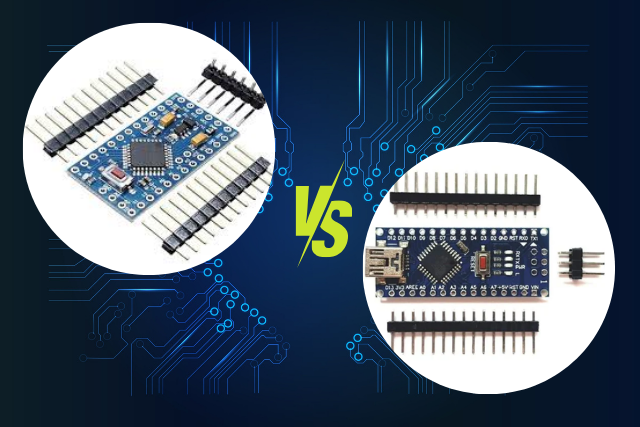What are embedded systems?
Embedded systems are typically found in products that have both hardware and software components, and the line between the two is often blurred. For example, an electronic thermostat contains both hardware (the temperature sensor and display) and software (the code that controls how the temperature sensor and display work together).
An embedded system is a system that has software embedded in it. This software is usually designed to perform a specific task or set of tasks and is often used in devices that are not normally thought of as computers, such as car engine controllers, microwave ovens, and medical implants.
Embedded systems are usually designed to be very reliable, as they are often used in life-critical applications. They are also often designed to be small and low-powered due to the fact that they are often used in portable devices.
Examples of embedded systems
Embedded systems are found in many devices that we use in our daily lives. Examples of embedded systems include:
- Automotive: engine control, entertainment and navigation systems, tire pressure monitoring.
- Aerospace: flight control, guidance, and autopilot systems
- Industrial: factory automation, process control, and machine vision systems.
- Consumer electronics: digital cameras, MP3 players, cell phones,
- Medical devices: pacemakers, MRI scanners, patient monitors,
- Industrial Application: Robots are used in manufacturing.
In the past decade, embedded systems have become increasingly common in industrial control and monitoring applications.
How do embedded systems work?
An embedded system is a controller with a dedicated function within a larger mechanical or electrical system. With the advent of powerful yet energy-efficient microcontrollers, it has become possible to embed full computing capability into everyday objects, devices, and appliances.
How do embedded systems work? In short, an embedded system is designed to do one thing and one thing only, unlike a general-purpose computer, which is designed to be versatile. This means that an embedded system can be smaller, cheaper, and more efficient than a general-purpose computer for performing its specific tasks.
Embedded systems are often programmed in C or C++ due to the size and efficiency constraints of the target device. The code written for an embedded system must be carefully crafted as there are often limited resources such as memory and processing power available.
Advantages of embedded systems:
An embedded system is a computer system with a dedicated function within a larger mechanical or electrical system. They are often used in industrial control applications such as factory automation, process control, and vehicle systems. Other common examples include consumer electronics like MP3 players and GPS devices, as well as military and aerospace applications.
Embedded systems have several advantages over other types of computing platforms. They are designed to be small and efficient, with low power consumption. This makes them ideal for portable devices and applications where space is limited. They can also be customized for specific tasks, which allows them to be optimized for performance. This can result in faster processing speeds and lower costs. In addition, embedded systems are typically more reliable than general-purpose computers because they are less complex and have fewer software components.
Disadvantages of embedded systems
An embedded system is a controller with a dedicated function within a larger electrical or mechanical system. Though small, an embedded system can be complex, comprising both hardware and software. Its size and complexity, however, are also its disadvantages.
When something goes wrong with an embedded system, it can be difficult to troubleshoot and fix. The system’s small size means that there is little room for error; one misplaced component or line of faulty code can cause the whole system to fail.
Another disadvantage of embedded systems is that they are often proprietary, meaning they can only be used with specific components from the same manufacturer. This can make them more expensive and less flexible than other types of systems.
Though they have their drawbacks, embedded systems are still widely used in many industries because of their advantages. Computer-Controlled Embedded Systems In the past, most embedded systems were just computer-controlled devices. They contained a computer, like a personal computer (PC) or mainframe, that ran a program to control the device.
Conclusion
An embedded system is a computer system with a dedicated function within a larger mechanical or electrical system, often with real-time computing constraints. It is embedded as part of a complete device, including hardware and mechanical parts.
Unlike a general-purpose computer, such as a personal computer, an embedded system performs one or a few predefined tasks, usually with very specific requirements. Since the embedded system is dedicated to specific tasks, design engineers can optimize it to reduce the size and cost of the product and increase reliability and performance.







